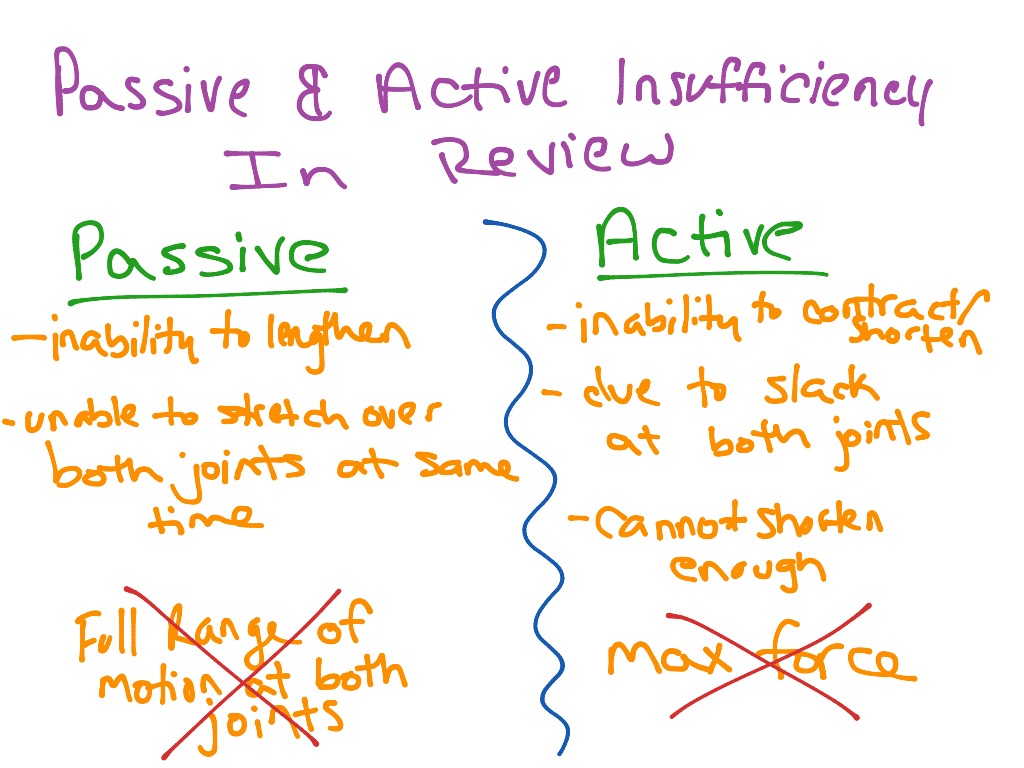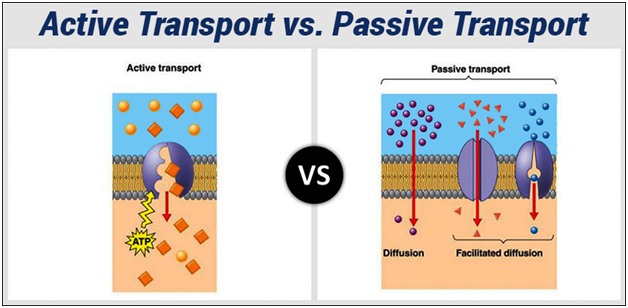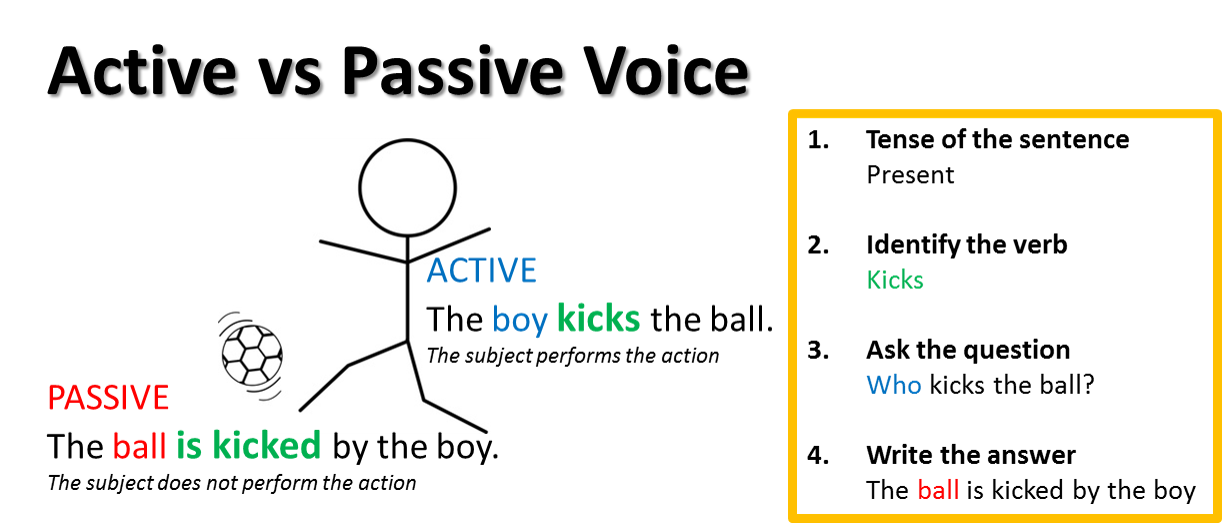


What’s good about it is that it helps retain sound on long cable runs. Most of what you need is available at the instrument.Īnother quality characteristic is its preamp buffering and output level. In other words, it is not necessary to make any change to the amp. Regarding advantages, active pickups let you adjust your tone with more granularity during live performances. While some musicians may be ok with this characteristic, it is valid to claim it as one of its downsides. This means that if you want to tweak any other band of your tone, then you will need to do it from a different source.Īnother disadvantage could be that, due to the use of larger magnets, they pick up more interference and noise. This single tone control only can take away from the treble spectrum of the signal. Consįocusing on disadvantages, we could mention the simplicity of its tone control. This is definitely a good thing for people looking for old-school music styles. Their sound is round, fat, warm, and punchy. This means that running out of power is not an option with this pickup.Ī further advantage can be its simplicity.

The good thing about passive pickups is that compared to actives, they don’t need batteries for functioning! Passive bass pickups present a set of advantages, but also, some drawbacks. What the above means is that the signal out of the instrument will hit any input hotter than the one of a passive pickup equipped instrument. In practice, of course, you could control the volume of your rig at your amp or PA system. So, the output is higher due to the inbuilt amp. The result: The bass itself amplifies the original signal way above the levels of passive pickups before sending it to the amp. Their batteries power pre-amp units built into the instrument. To make the differences between active and passive pickups clearer, I think this chart provides a quick summary of their main characteristics: Feature It’s worth mentioning, however, that this EQ control can only cut off frequencies, and not boost any, such as other kinds of tone-shaping units. It lets you equalize your tone from the bass itself. This included preamp also has the function of letting the player control the tone of the instrument in multiple bands of frequencies. You see, passive pickups have a greater number of windings that makes them generate a stronger output naturally.Īctive pickups have far fewer coil windings, thus generating a lower natural output, but the big feature they include is a preamp, powered by a battery (the active part) that boosts that low output even higher than the levels achieved by their passive counterparts. The difference between these 2 types of pickups lies in the number of windings around the magnet, and how the outcome of that feature is dealt with. This system magnetizes the strings, and when they vibrate, then picks up that energy and converts it into electric current. What’s the difference between active and passive bass pickups?Īctive and passive pickups are inherently different, although they might look similar to the uninitiated eye.īoth passive and active pickups consist basically of a coil winded around a magnet.

Reasons to get a bass guitar with active pickups.Reasons to get a bass guitar with passive pickups.What’s the difference between active and passive bass pickups?.


 0 kommentar(er)
0 kommentar(er)
